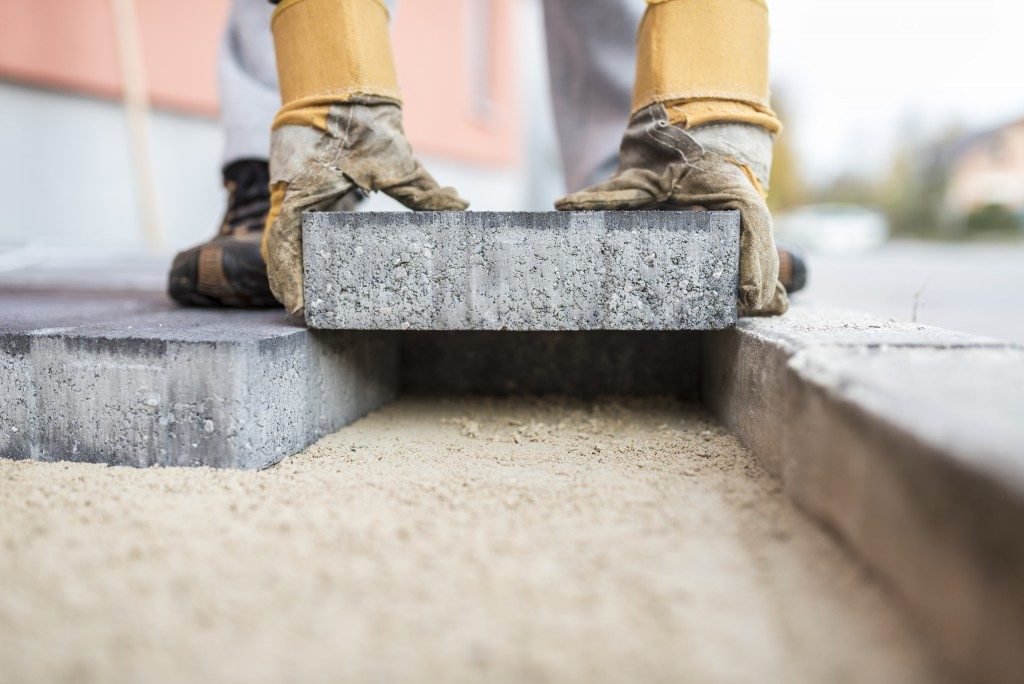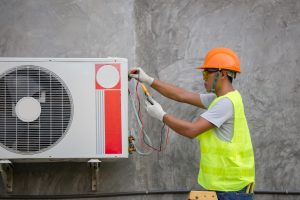Concrete slab floors provide thermal comfort and longevity for a structure. Flooring involves reinforcing bars and mesh to improve bonding with concrete. Concrete reinforcing mesh available on sale can also help minimize concrete cracking from shrinkage. It is often used to support road surfaces, masonry walls, and the various concrete structures of a building.
Types of Concrete Slabs
The type of concrete slab to use for a building will depend on its suitability to a particular site and climate zone.
Slab-on-Ground
This is the most common type of concrete slab. They can be conventional slabs with deep excavated beams insulated beneath floor panels or waffle pod slabs that sit at near ground level with a grid of foam pods.
Suspended Slab
These slabs are constructed above ground level. They are commonly used for floors of upper stories as they have a removable and non-load bearing framework.
Precast Slab
These are slabs manufactured offsite and put into place with a crane. They can either come in their finished form or require only an additional thin layer of concrete after installation.
Advantages of Concrete Slabs
Thermal Comfort
Thermal mass is the ability of a material to regulate thermal energy. Materials like concrete slabs have high thermal mass. They regulate indoor comfort and provide a heating or cooling effect for humans by radiating or absorbing natural heat. The property of temperature regulation is useful in most climates and in areas with a high day and night temperature range. Thermal mass is most effective when used in conjunction with good design layout.
During the winter, slabs should be designed to absorb heat from the sun and other sources of energy. Thermal mass involves the storage of heat and allows the steady release and re-radiation of it later on. On the other hand, slabs should be protected from direct sunlight in the summer. They need exposure to cool breezes in the night so heat overflow during the day can dissipate.
Durability
A concrete slab can have a prolonged life span with proper reinforcement. This means concrete should be compacted so there are no voids or porous areas within the slab, reducing the risk of concrete cracking.
Concrete slab longevity can be promoted with proper foundation preparation and the addition of an appropriate amount of water. An excess of water will cause the concrete to crack and weaken the overall slab. Concrete installation should also adhere to construction timelines so concrete reaches designed strength level before any load is placed.
Slabs should be designed and constructed in accordance with proper Australian Standards. Concrete treatments can be provided to the slab’s joints, penetrations, and edges. This ensures minimum termite risk and allows for limited shrinkage or cracking.
Structural Issues
Reactive Soil
Reactive soil sites require floating stiffened concrete raft slabs that use void formers at regular intervals. Reinforced beams for concrete are closely spaced and have a crisscrossed design around the bottom of the slab.
Steep Sites
Steep sites are those with geotechnical specifications that render slab-on ground concrete installation impractical. The suspended slab concrete type is more suitable for a structure to gain thermal mass on a steep site.
Buildings with concrete slabs that follow design requirements and adhere to construction standards can provide thermal and longevity benefits to improve overall energy and cost-efficiency.







